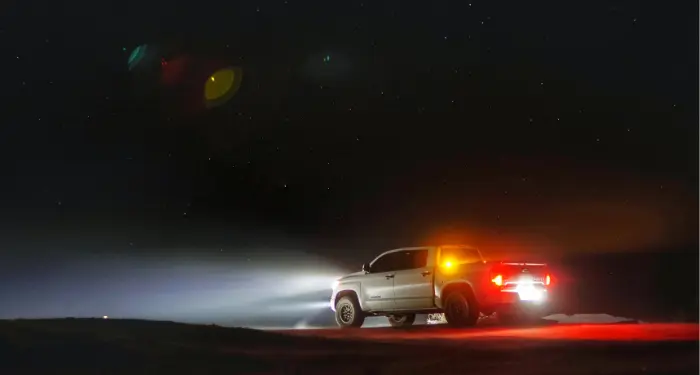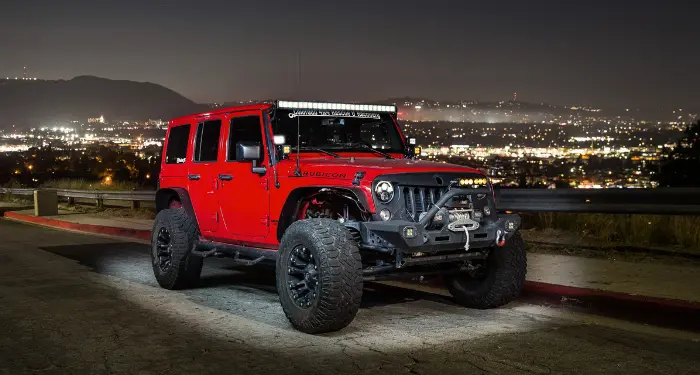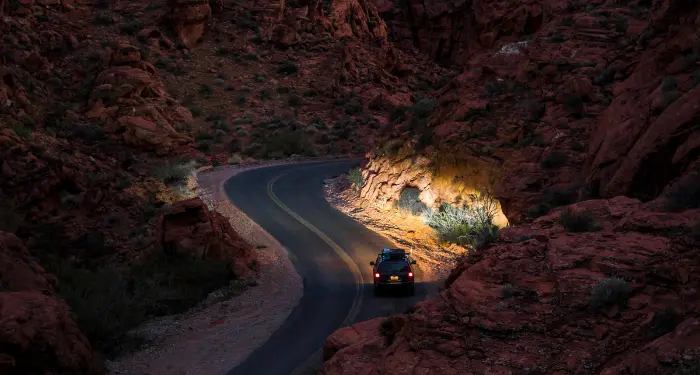A question we often get is, "What beam pattern for my LED Light Bar should I get?". Well here is a little insight that we hope will help in making your decision.

A question we often get is, "What beam pattern for my LED Light Bar should I get?". Well here is a little insight that we hope will help in making your decision.

Determining the perfect location to mount your new LED Light Bar or Pod(s) is based on many factors: budget, technical abilities, intended lighting use, and finally, personal preference. See our picture gallery below to preview some of these lighting locations.

This is a video demonstration comparing the stock headlights on our Jeep Wrangler with our F1 - 22" Led Light Bar and our F1 - 50" LED Light Bar. Spoiler alert: The difference is quite extraordinary.

On 1/16/2015 we launched our new website. We hope you like the new look and feel of the site. But more importantly, we've added a lot more features to help make the site a better customer experience for you.
